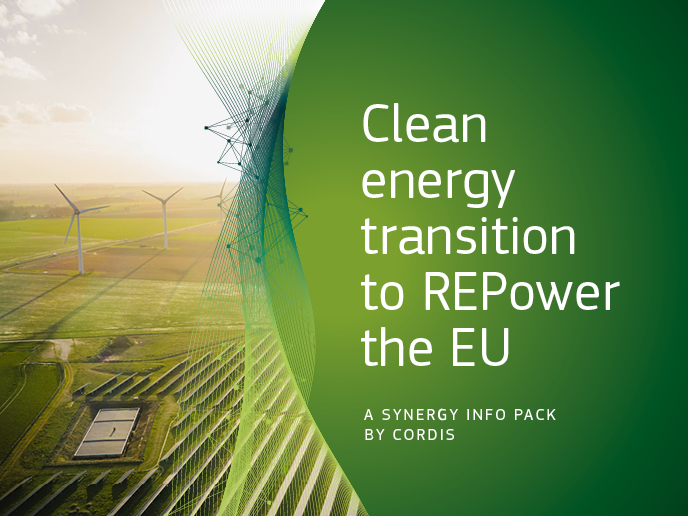Uncovering the headscarf debates
Liberal democracies walk a fine line promoting tolerance and acceptance without jeopardising fundamental human rights. A case in point is the degree of leniency with regard to the wearing of the headscarf or hijab among Islamic cultures within Europe. In the last 10 years, regulations pertaining to Islamic attire in public sites have become increasingly more restrictive. Although analyses on how European countries regard the veiling of Islamic women have been conducted in the past, none provide a systematic comparison like that of the EU-funded VEIL project. Policy and media debates as well as garment regulations were compared in eight countries: Austria, Denmark, France, Germany, Greece, the Netherlands, Turkey and the United Kingdom. The values of each participating country vary and this was a factor taken into consideration regarding their role in the headscarf debate as were the differences and similarities regarding policies and regulations of each country. Considerable research findings were highlighted as a result of the project’s methodology and important contributions were made in the fields of religion and politics, integration, citizenship and social inequality particularly in relation to gender. Furthermore the integration of minorities, multiculturalism, gender equality and European values were a few of the multitude of broader issues that were brought to the surface in the study.







